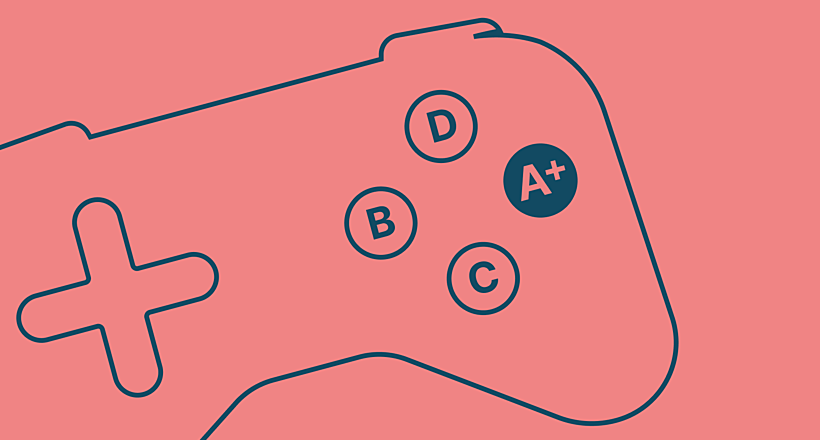With ever-growing learning needs, effective training delivery becomes more challenging. In this situation, new methods like integrating AR and VR with LMS come to the screen.
The Augmented and Virtual Reality Survey Report says that 86% of respondents believe that XR technologies―virtual reality (VR) as an entirely digital world, augmented reality (AR) as an overlay on the digital world and existing surroundings, and mixed reality (MR) as a combination of VR and AR―will be requested as hand-held devices and mobile-first solutions by 2025.
You can opt for AR technologies which require the use of handheld devices only, or choose the more immersive technology that demands investing in VR headsets or glasses. Either way, integrating your virtual and augmented reality in elearning becomes a powerful means of staying ahead of the curve, and can be adopted all together or separately to compliment the specific requirements of your project.

Source: Statista
In this article, we share the benefits of integrating virtual and augmented reality in elearning management system. You will discover use cases and real-life examples that demonstrate and prove the power behind virtual and augmented realities.
Business Benefits of Adopting VR/AR in LMS
Companies turn to the adoption of advanced technologies in the learning sector and the corporate space to meet the number one goal―enhanced learning experience.

Along with transforming an LMS into an LXP or LMS redesign, adopting VR/AR in your LMS is another working solution that brings the following value:
More Engaging Experience
Following the shift from the Information Age to the Experience Age, educators are forced to face new challenges as students become more passive and disengaged (Wadhera, 2016). The learner does not seek information any longer―it’s ubiquitous: the learner seeks experiences.
AR and VR technologies let you create learning experiences that stand out from the crowd and trigger higher recall and comprehension rates.
Moreover, such experiences are known to be more engaging for the employees in the corporate sector.
For example, Lenovo uses virtual reality to effect employee onboarding. They claim that adoption of the technology allows new team members to retain twice as much information as they would with video or text-based onboarding.
AR remote assistance can also be used to facilitate the work of frontline factory employees during remote work and quarantines. It can take the form of some troubleshooting support from experts who are located elsewhere, or enhanced customer service through self-service procedures/mentoring with side-by-side experiences.
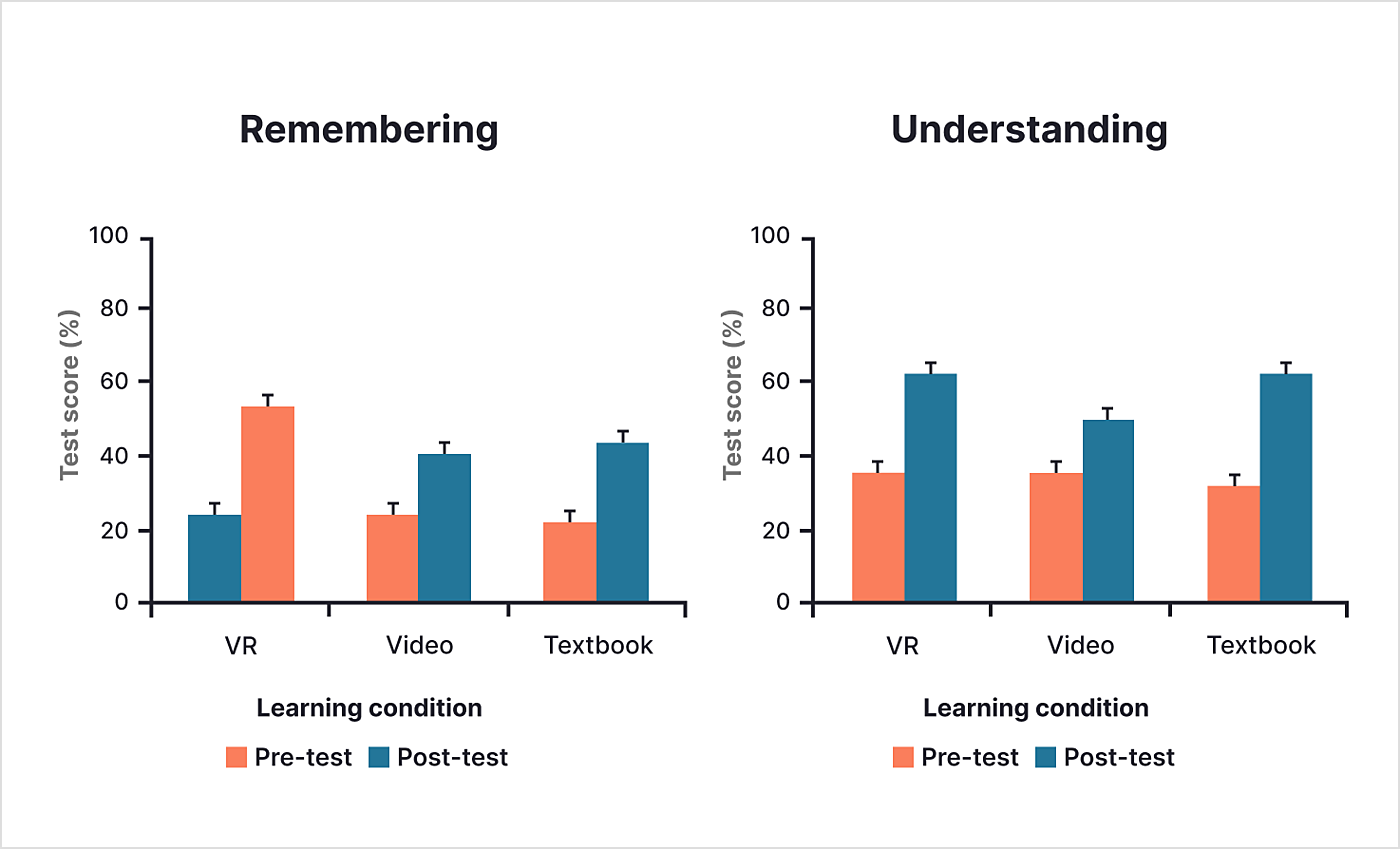
Source: ResearchGate
But wait: there is more.
Thanks to the greater accessibility of technologies for learners, students get a chance to connect with specific role models that are inaccessible for them in real life.
From a business perspective, vr in elearning allows you to engage students who would typically shy away from specific disciplines. For example, minorities and female students in the STEM fields, etc.
Personalization
Not every student learns equally in a digital world. Incorporation of the new technologies―such as immersive technologies, AI, and machine learning―can cater to the individual needs of every learner in the following ways:
- Content and the student become closer. The learner can extract virtual objects right from the display, overview them in more detail, and manipulate them as required.
- Multi-sensory elements are used. VR and AR technologies incorporate all the senses―visual, audial, tactile, and kinesthetic. They bring individualized value to students who rely on a specific sense.
- Mistakes are acceptable. Risk-averse students build confidence in their new experiences and no longer stick to the bare minimum.
- Collaboration is encouraged. When offered in groups, the technologies involve the social aspect. The trainees work in groups to improve team building and come up with alternative ideas together.
These elements help to build an emotional and memorable learning experience that the students are likely to recommend and share.
To learn more about other means of boosting learner engagement in the corporate sector, read this blog post.
Knowledge Estimation and Tracking
Undoubtedly, standard training methods offer standalone experiences. Yet, measuring their success in terms of both trainee performance and course effectiveness is complicated.
Implementing virtual and augmented reality in elearning brings the opportunity to monitor the learner's ability to cope with the course mentally, physically, and emotionally.
- For the mentor, such data can be used to shape the course correspondingly and focus on a student’s pain points.
- For the learner, they can clearly visualize their strengths and weaknesses and thus develop or improve the required skills.
Low-Risk Distinct Training Scenarios
Besides providing comprehensive data on the efficacy of a training program, virtual and augmented reality in eLearning projects can place trainees in life-like situations.
Imagine a future surgeon who runs their first operation or a young kids’ dentist, for example.
The integration of these technologies in LMS's could help you create scenarios that are often impossible, risky, or too stressful for the learner in real-life without any potential danger for either party. It’s a new practice-centric type of eLearning experience that triggers investigation and experimenting.

Source: Malaysian Online Journal of Educational Technology
Cost Savings
The use of AR and VR in eLearning enables cost saving. Surprised?
Ford started using VR technologies about a decade ago to reduce the physical stress of assembly jobs. According to this source, the company claimed that the adoption of the technology led to fewer injuries, less expensive tooling changes, an increase in quality, and a faster time to market.
To integrate VR module in corporate training system means to save on traveling, various equipment, and onsite costs, since much is transferred to the digital world as a result.
Challenges of Integrating AR/VR With LMS
Integrating AR/VR into LMS can present a number of challenges. The following are the most common:
First, there may be certain difficulties in technical compatibility between AR/VR platforms and LMS. To ensure seamless integration, careful consideration must be given to hardware and software requirements as well as any compatibility issues that may arise.
Second, designing and developing AR/VR content for an LMS can be complex. Creating immersive learning experiences that are aligned with the curriculum and effectively engage learners requires expertise in design and AR/VR technology.
To overcome these challenges, various solutions can be implemented. First, the AR/VR platform should be thoroughly investigated and evaluated to ensure compatibility with the LMS being used. This includes assessing technical requirements and software compatibility. Second, collaboration between designers, subject matter experts, and technology experts is crucial to create effective AR/VR content that integrates seamlessly with the LMS.
Use Cases: How to Use VR/AR in Your LMS
If you are doubtful, if it’s time to add virtual and augmented realities to your eLearning product. Let’s overview the most popular areas of how to use VR and AR in elearning.
Corporate Training
The application area is quite large when it comes to the corporate sector. Often, businesses integrate VR on LMS and AR technologies to develop the following employee skill sets:
- Business and soft skills (negotiations, sales, networking, etc.)
- Customer care training (real-life scenarios on conflict resolution, corporate ethics, etc.)
- Compliance training (harassment, diversity, inclusion, etc.)
- Onboarding (history, worldwide locations, founders, corporate vision, essential personalities, etc.)
- Recruitment (HR managers training)
VR/AR for Science
It's certainly not science fiction any more. Lab equipment can be costly. Experimenting can be risky.
The emerging technologies bring accessible data visualization, visual exploration, and a safe space in which to experiment.
VR/AR for Kids and College Students
The technologies can bring textbooks to life and make the learning process fun.
Students can learn about historical objects, other cultures, and countries without leaving the classroom. No stressful situations.
The only equipment the learner needs is a smartphone or AR glasses.
VR/AR for Healthcare Education
Healthcare LMS's that offer medical education and training in human anatomy require in-depth learning. The XR technologies provide simulations that facilitate the learning process drastically and create stress-free practicing environments.
The students can study, practice surgeries, and receive training in human anatomy in a fully simulated reality with virtual patients. Plus, gamified elements make the learning experience more memorable.
The Use of AR and VR in Elearning: Real-Life Examples
It’s unnecessary to wait for inspiration to strike! We’ve prepared a list of projects that offer VR/AR technologies in education or have decided to add virtual reality solution to LMS successfully.
VReddo
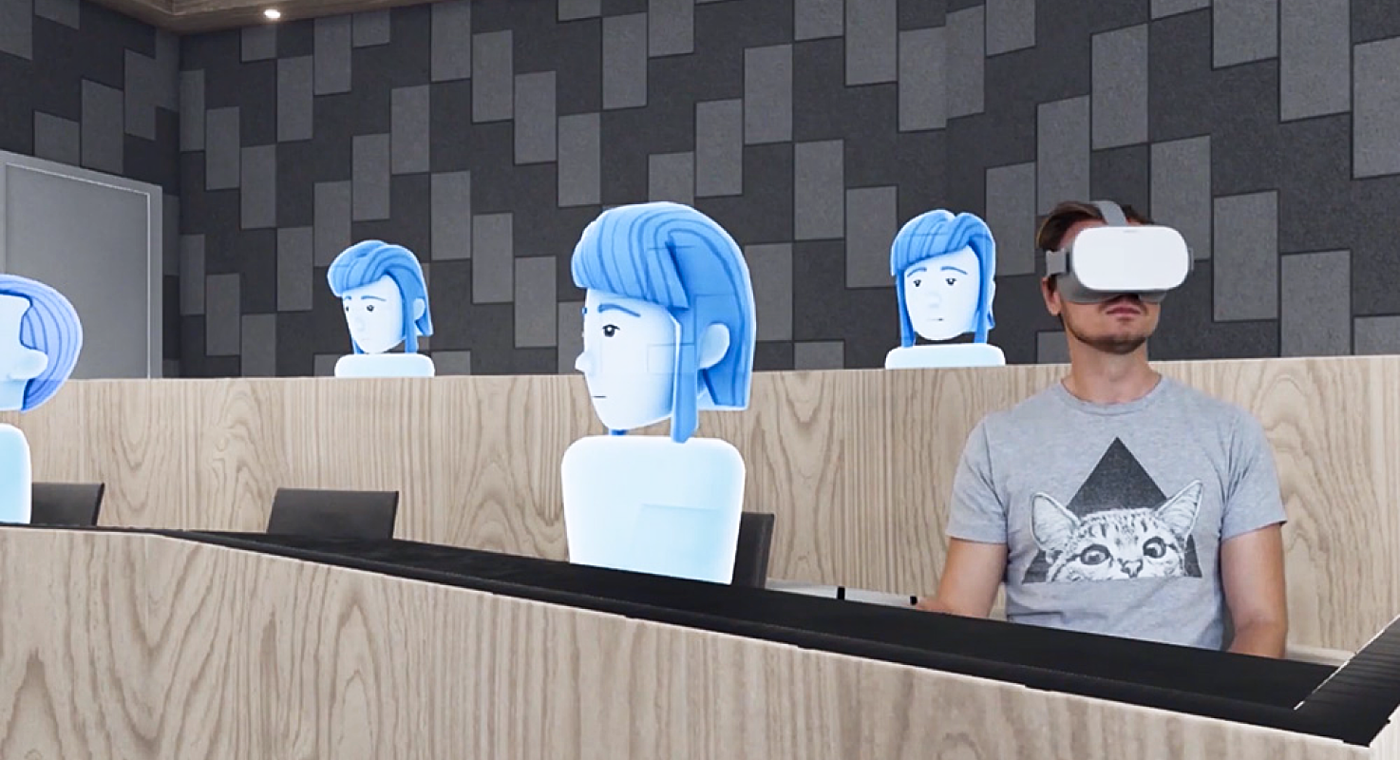
Source: YouTube
This education and training technology provider offers innovative and easy-to-use learning solutions:
- Classrooms
- Training laboratories
- Learning modules
- Demonstrations
- Showcases
The mission of VReddo is to advocate the adoption of the new technology as a means to improve the effectiveness of corporate learning and development programs for the organizations. For formal learning institutions, integration of such solutions means improved enrolments, completions, and higher revenue.
Vuforia Chalk

Source: Vuforia
This technology offers augmented reality at the enterprise level for remote assistance.
Often, problems need to be solved quickly. Professional guidelines, support, and expertise can be required urgently.
With AR assistance, field experts can draw digital annotations on their desktop or handheld devices, stick them to 3D real-life physical objects, and thus provide the required help or mentoring.
VRLearn
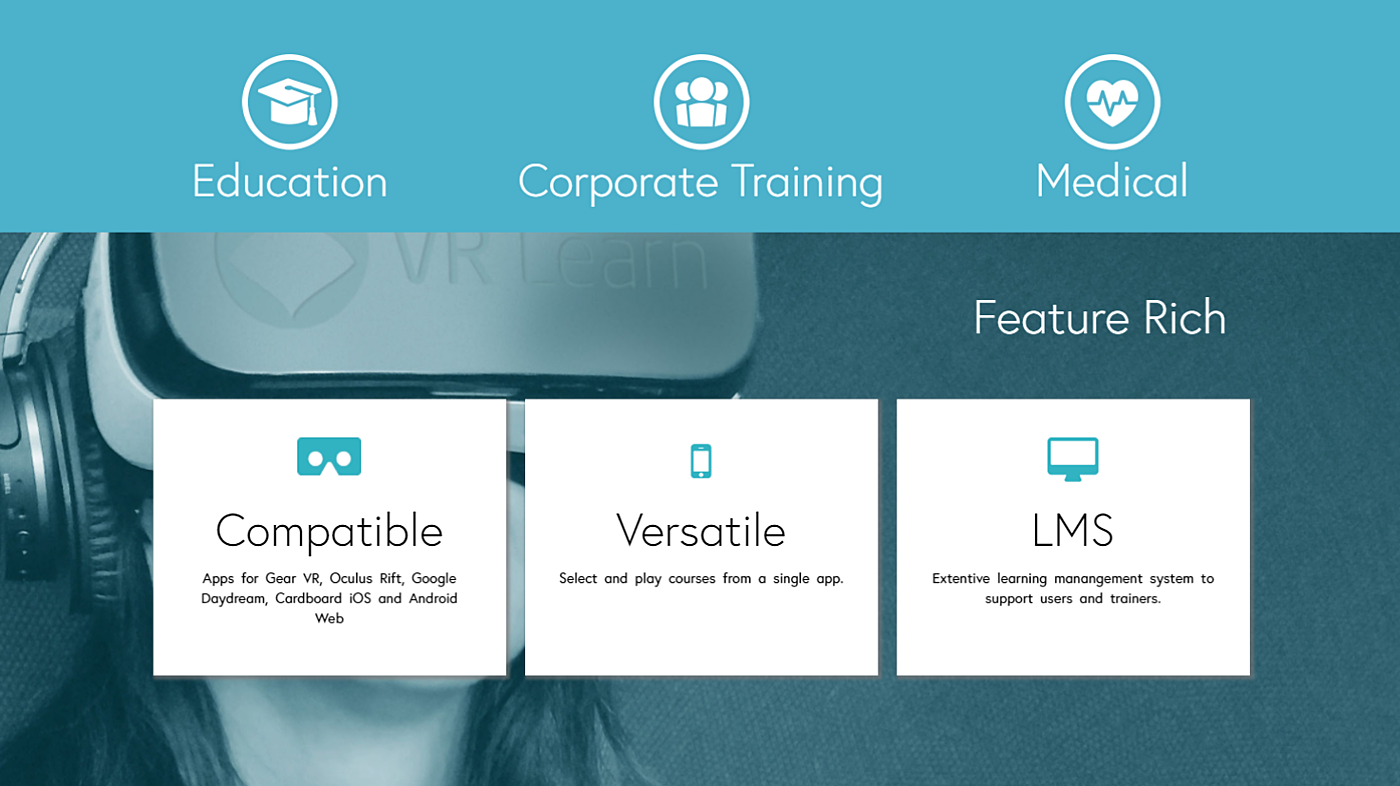
Source: VR Learn
VR Learn is a learning management system intended for corporate training, education, and the medical sector. It offers such features as VR-focused course authoring, user management, course management, course authoring, analytics, and assessments.
The platform boasts reusable course components, including:
- Voice-overs
- Audio
- Image overlays
- 360-degree images and videos
- Interactive hotspots and more
Labster

Source: Labster
Labster is well-known for providing virtual lab simulations that support open-ended investigations. According to Techcrunch, educational institutions such as Harvard, Stanford, California State University, and MIT use the technology.
The startup has offered the latest technologies both as an alternative to expensive equipment and science labs since COVID-19 first struck.
This technology will enable you to move laboratory classes online without decreasing the quality of the learning program. Top-quality online education becomes possible at lower costs than purchasing and maintaining expensive equipment required for a physical lab.
Velpic

Source: Velpic
According to Velpic, VR in education allows the learner to recall up to 90% at the training program. That’s precisely what the company focuses on―making induction training less painful.
That’s where 360-degree VR videos come in handy. They can offer office orientations to the trainees, demonstrate a product or service, and deliver simulations.
In fact, Velpic was the first company to introduce VR lessons creation right within their LMS, according to the press release. The goal was simple: Velpic wanted to reduce complexity when creating custom VR lesson (only a browser and a 360-degree camera were required) and make the technology accessible for any business.
“Virtual reality learning is proving to be an engaging and fun learning experience which leads to increased knowledge retention. Moreover, the appeal of VR means that people actually want to take part in VR training. In many compliance training situations, businesses are required by law to provide training and we’re giving them the opportunity to provide that training in an enjoyable, innovative way with the added benefit that more of the information presented will be retained. This could lead to a whole manner of other benefits including better health & safety adherence, higher skilled employees and reduced workplace risks.”
Russell Francis, Chief Executive Officer, Velpic
Samelane
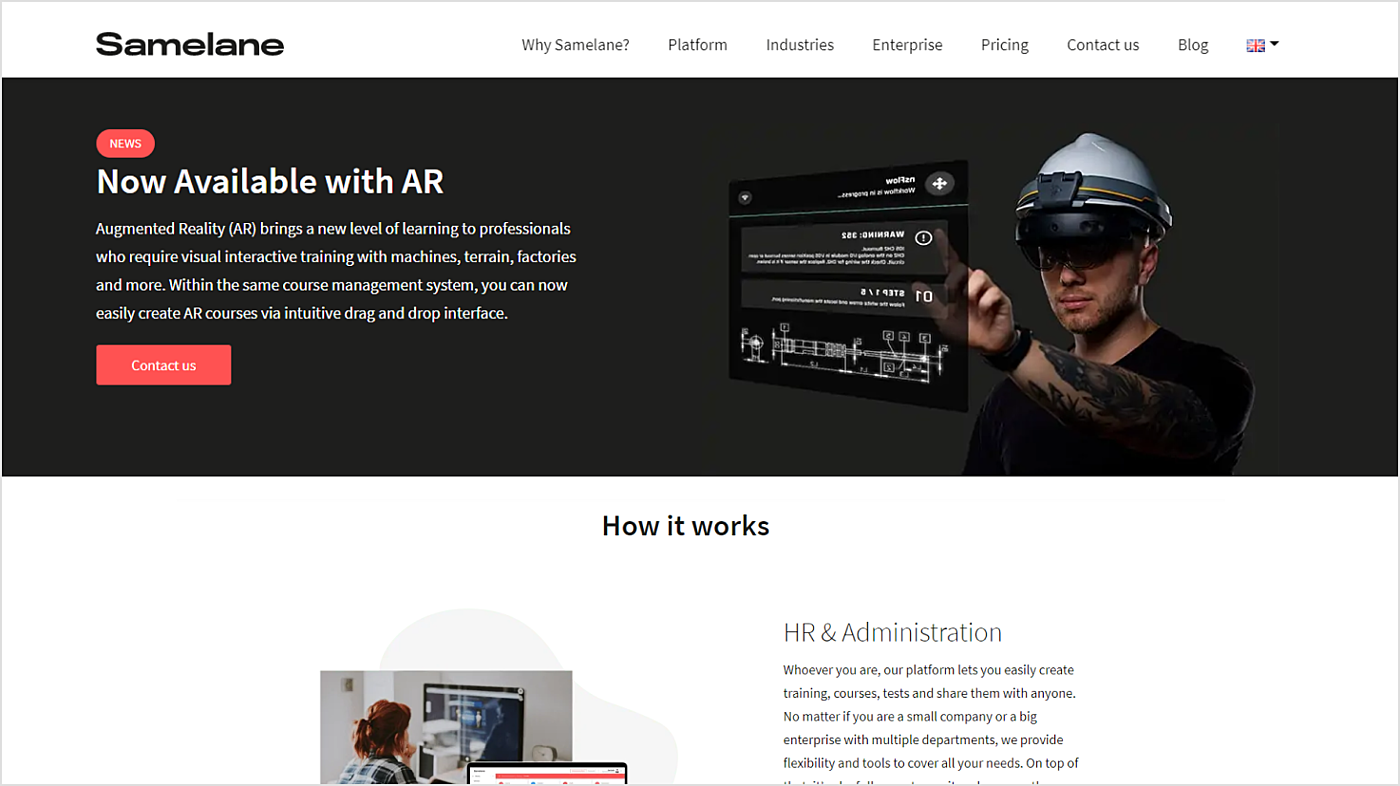
Source: Samelane
This platform offers such solutions as online courses and remote learning for the corporate sector. Its goal is to help organizations automate employee compliance training. Besides VR functionality with its characteristic video360, Samelane offers the following formats of content:
- SCORM
- Virtual instructor-led training
- Quizzes
- HTML5
- TinCan (xAPI)
- Audio
See how to design and develop the best online education website.
Takeaway
AR/VR training integration in the learning management system or any other education software product brings businesses tangible benefits and the possibility of measuring the corporate learning effectiveness. In addition, these technologies help you to identify where improvements can and should be made.
If you are thinking of new way to convert your LMS into a more engaging medium, don’t hesitate to contact our team. At Agente, we can help you add VR learning opportunities to LMS software and integrate augmented reality in eLearning products in a way that complements the requirements of a specific business. Request more details!





















